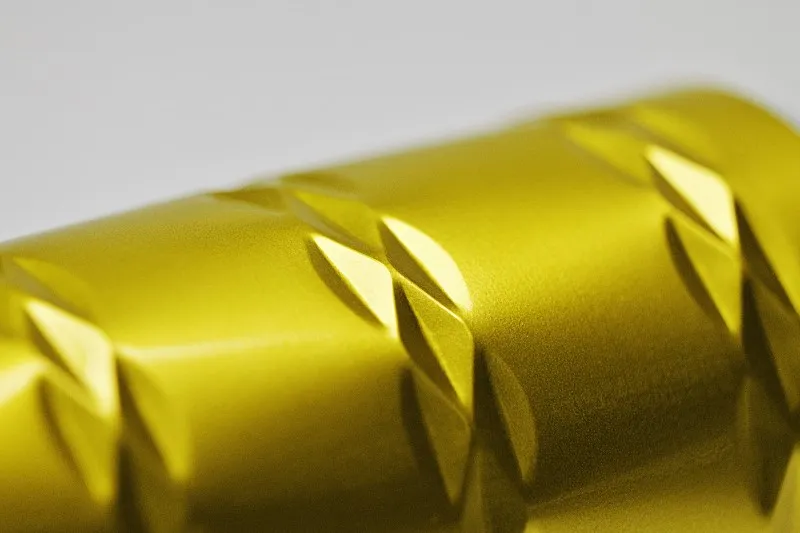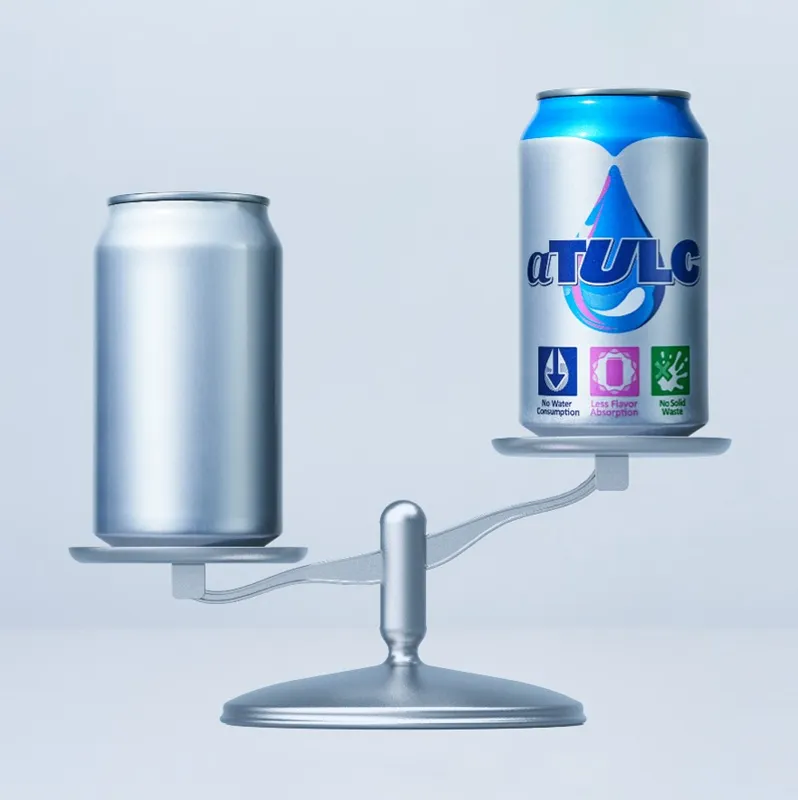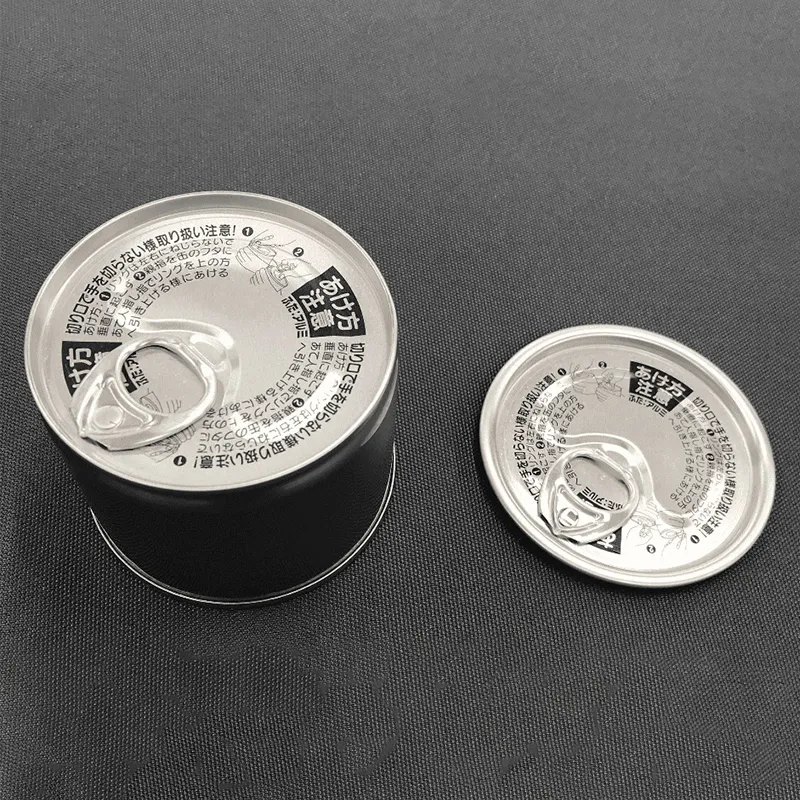Open Up!Products and Services
TULC Weight Reduction Achieved through Embossing Technology
Toyo Seikan Co., Ltd.
By applying embossing technology to the TULC—a two-piece steel can with a reduced environmental impact thanks to elimination of the need for interior and exterior coating—we enhanced its strength and achieved further weight reduction. This led to a reduction in raw material usage and, consequently, a further lowering of the environmental impact.

TULC (Toyo Ultimate Can) is an eco-friendly two-piece steel can developed using a proprietary manufacturing process that eliminates the need for traditional can coating on both the interior and exterior surfaces. By heat-laminating polyester film to both sides of the can, TULC significantly reduces the environmental burden by eliminating the traditional coating process, as well as the use of lubricants.
Since its introduction in 1991, TULC has been used in a wide variety of products both in Japan and abroad.
・No need for interior or exterior coatings eliminates the baking process
・No need for lubricants curtails the cleaning process and drastically reduces waste products
・Overall reduced greenhouse gas (GHG) emissions
By applying patterned embossing to the can body, we increased the can’s resistance to external pressure. Through careful positioning of the embossed areas, we succeeded in making the side walls thinner than conventional models. This technology has enabled a 7.5% reduction in raw material usage compared to existing embossed cans.
In 2019, when the concept was proposed, the overall sales volume of steel cans was declining across the industry. To improve our competitiveness, we considered thinning the can walls to reduce costs.
At the time, the TULC product lineup had already achieved near-minimum feasible thickness. However, our “Misanga Can” (an embossed can with a bracelet-like pattern) showed greater resistance to external pressure, suggesting further thinning might be possible. That led us to move forward with development.
We were working with unprecedented wall thinness, so the can became more vulnerable to impact and we struggled with forming the can and dent prevention. We faced various issues―from manufacturing to market distribution. However, as we ran repeated trials with support from our customers, we were able to address these challenges step by step.
We paid particular attention to optimizing the embossed pattern. By carefully adjusting the placement and design of the embossing, we ensured the can could withstand impacts despite its thinner walls.
I understand that achieving a level of panel strength that cannot be addressed through thinning alone has been made possible by your unique embossing technology, and it is a remarkable testament to your years of research and development. I found the background of this innovation and the potential for future development particularly compelling. I eagerly await your further efforts toward weight reduction.






